Indoor trees have become a transformative element in modern apartment design. They not only enhance aesthetics but also bring freshness, improve air quality, and create a sense of spaciousness in limited living areas. Unlike small potted plants, indoor trees can serve as living focal points, complementing furniture arrangements while providing natural partitions in open-plan apartments. Choosing the right indoor trees allows homeowners to enjoy greenery without sacrificing space or light. This article explores popular indoor trees that make apartments feel larger, fresher, and more inviting.
Introduction to Indoor Trees in Apartments
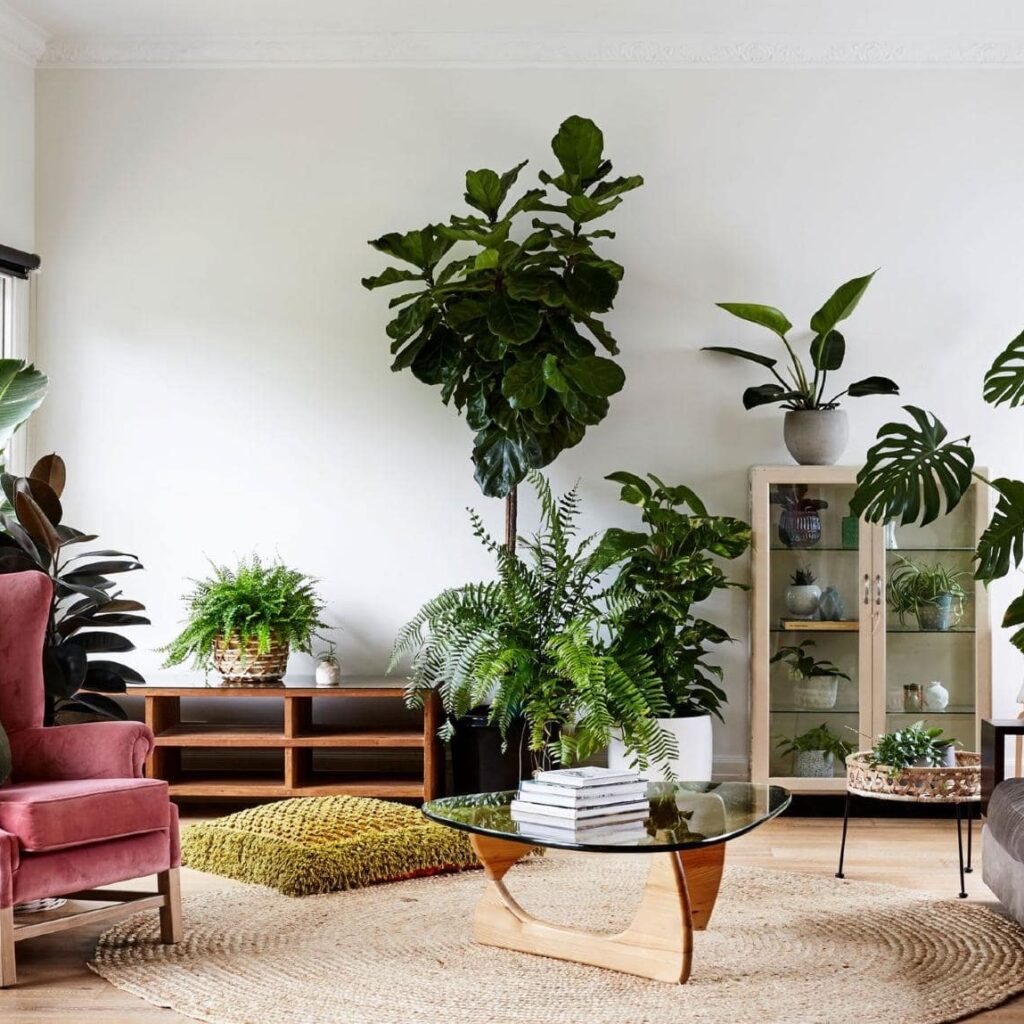
Indoor trees, sometimes called house trees or indoor ornamental trees, range from tall, slender species to bushy, canopy-forming plants. They are selected for their ability to thrive in indoor conditions, including low light, limited humidity, and controlled temperatures. In apartments, indoor trees serve multiple purposes:
- Visual Appeal: Tall trees draw the eye upward, creating the illusion of higher ceilings.
- Air Purification: Many indoor trees filter toxins, releasing cleaner air for a healthier environment.
- Natural Partitioning: Trees can divide spaces without bulky furniture.
- Psychological Benefits: Interaction with greenery reduces stress, enhances mood, and promotes relaxation.
1. Fiddle Leaf Fig (Ficus lyrata)
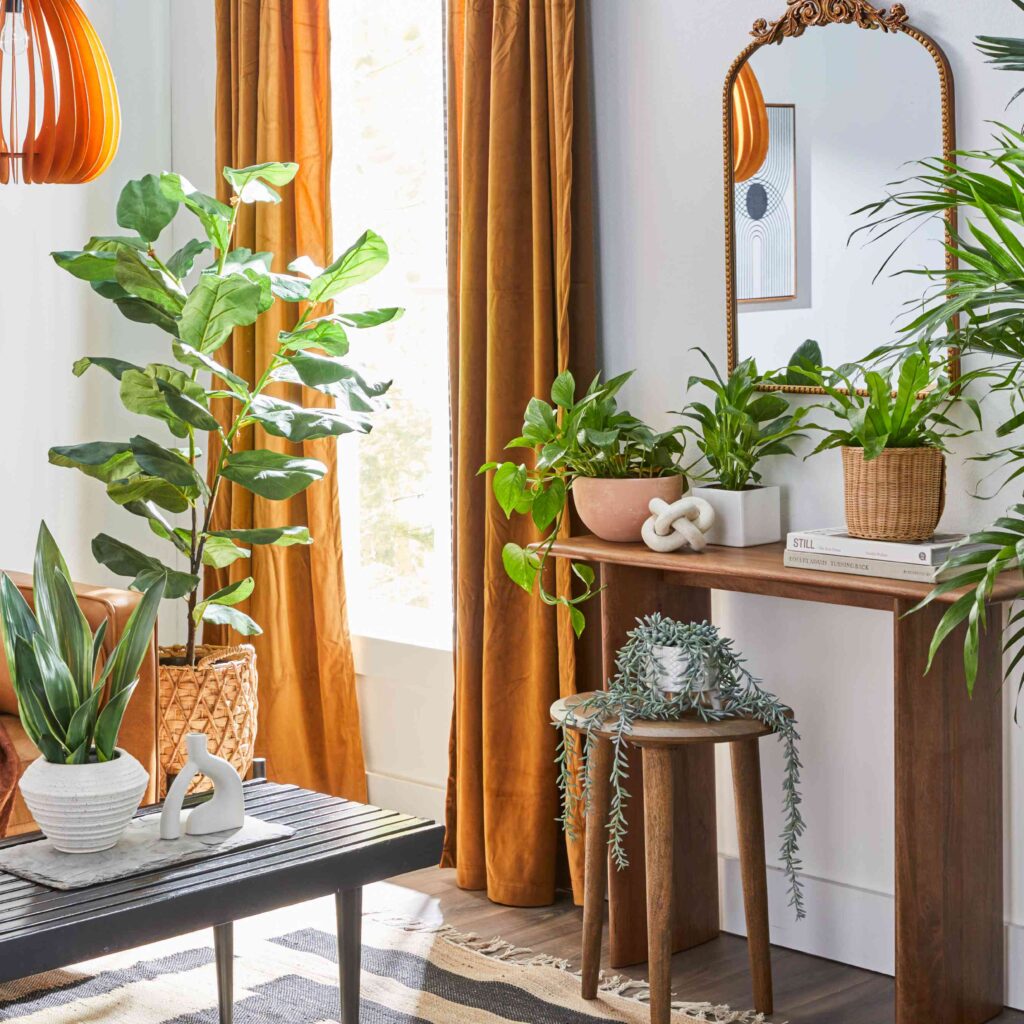
The Fiddle Leaf Fig is one of the most popular indoor trees for modern apartments. Its large, glossy leaves and upright growth make it perfect for corners or near windows.
Why It Makes Apartments Feel Spacious and Fresh:
- Its vertical growth draws the eye upward, creating an illusion of height.
- The broad leaves provide a lush, tropical feel, instantly refreshing a room.
- Requires bright, indirect sunlight, making it ideal for well-lit apartments.
Care Tips:
- Water moderately; allow soil to dry slightly between waterings.
- Rotate periodically for even growth.
- Wipe leaves regularly to prevent dust accumulation and improve photosynthesis.
2. Rubber Plant (Ficus elastica)
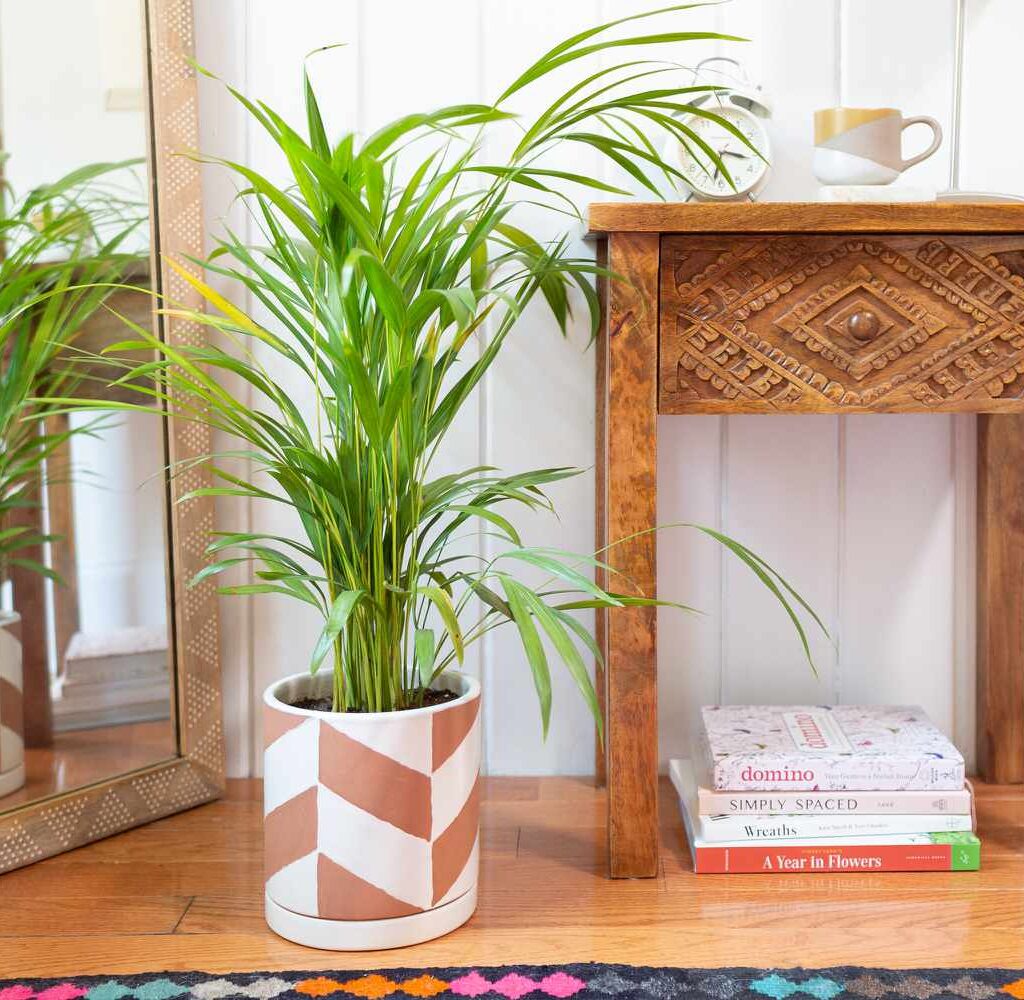
The Rubber Plant is valued for its shiny, dark green leaves and sturdy structure. Its minimalist look suits contemporary apartment interiors.
Benefits:
- Tall, narrow growth conserves floor space while creating a vertical accent.
- Known to purify air by removing toxins and enhancing oxygen levels.
- Adapts well to indoor lighting conditions, requiring moderate indirect light.
Care Tips:
- Water when the top inch of soil feels dry.
- Fertilize monthly during the growing season for vigorous growth.
- Prune to maintain shape and encourage branching.
3. Areca Palm (Dypsis lutescens)
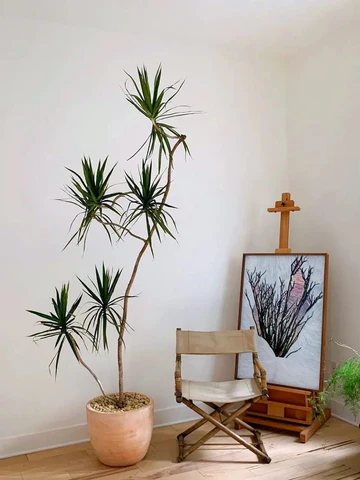
The Areca Palm, also called the Butterfly Palm, adds a tropical and airy feel to indoor spaces. Its feathery fronds are ideal for creating a sense of openness.
Benefits:
- Lightweight foliage enhances room spaciousness without appearing bulky.
- Excellent natural humidifier, releasing moisture into the air.
- Perfect for apartments with indirect sunlight and warm conditions.
Care Tips:
- Water regularly but avoid waterlogging.
- Place in bright, filtered light to maintain healthy fronds.
- Trim old or yellow leaves to promote fresh growth.
4. Money Tree (Pachira aquatica)
The Money Tree is a symbol of prosperity and a favorite for apartment interiors. Its braided trunk and lush green leaves create an elegant and uplifting presence.
Benefits:
- Compact yet tall, it fits well in corners, near windows, or on tabletops with larger planters.
- Provides fresh greenery and natural air filtration.
- Creates a relaxed and positive ambiance, often associated with good luck.
Care Tips:
- Water when the soil surface feels dry; avoid excess water.
- Rotate occasionally for uniform light exposure.
- Keep in bright, indirect sunlight for optimal growth.
5. Parlor Palm (Chamaedorea elegans)
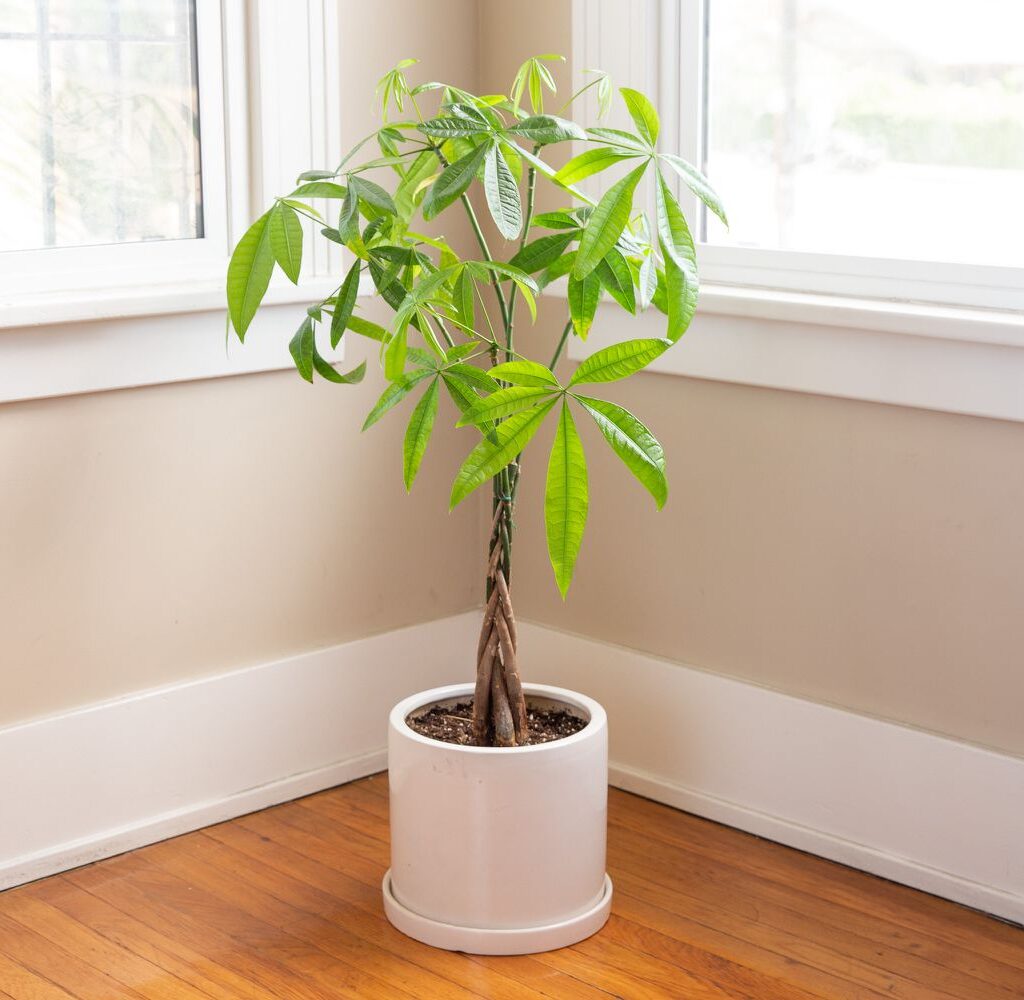
The Parlor Palm is a low-maintenance, elegant tree that thrives in indoor conditions, including low light. Its graceful, arching fronds make it ideal for small apartments.
Benefits:
- Compact growth form maintains an airy feel.
- Soft, flowing leaves create a natural partition in open spaces.
- Enhances indoor air quality by filtering pollutants.
Care Tips:
- Water moderately; let the soil dry slightly between waterings.
- Tolerates low-light conditions, making it perfect for apartments with fewer windows.
- Fertilize occasionally during spring and summer for lush growth.
6. Dracaena (Dracaena marginata)
Dracaena is a versatile indoor tree with slender, upright growth and striking variegated leaves. It is highly adaptable and adds vertical interest to apartment interiors.
Benefits:
- Tall, narrow growth enhances the perception of high ceilings.
- Requires minimal floor space, making it suitable for tight areas.
- Efficient at removing indoor pollutants, improving overall air quality.
Care Tips:
- Water when the top soil is dry, avoiding excess moisture.
- Place in bright, indirect light for vibrant foliage.
- Prune to remove dead or yellow leaves and maintain shape.
7. Weeping Fig (Ficus benjamina)
The Weeping Fig is a classic indoor tree with slender branches and glossy leaves. Its elegant draping form brings sophistication and freshness to apartment spaces.
Benefits:
- Its drooping branches create a natural, airy canopy.
- Can be shaped or pruned to fit specific spaces, including corners and alcoves.
- Effective at filtering indoor pollutants, enhancing overall air quality.
Care Tips:
- Water moderately, keeping soil consistently moist but not soggy.
- Provide bright, indirect sunlight.
- Be cautious with temperature fluctuations, as it can drop leaves under stress.
Tips to Make Indoor Trees Enhance Spaciousness
- Use Vertical Space: Choose tall, narrow trees to draw eyes upward, creating the illusion of higher ceilings.
- Light Placement: Position trees near windows or reflective surfaces to maximize natural light.
- Mirrors: Place mirrors behind trees to visually double space and brightness.
- Minimalist Pots: Use simple, light-colored containers to reduce visual clutter.
- Strategic Arrangement: Place trees in corners or beside furniture to naturally expand perceived space.
General Care Guidelines for Indoor Apartment Trees
- Watering: Check soil moisture regularly and water appropriately; most indoor trees prefer soil to dry slightly between watering.
- Lighting: Adjust placement based on sunlight requirements; rotate plants periodically for even growth.
- Fertilization: Feed indoor trees with a balanced, water-soluble fertilizer every 2–4 weeks during the growing season.
- Pruning and Cleaning: Trim dead or yellow leaves to encourage new growth and maintain appearance.
- Pest Control: Monitor for common pests like spider mites, aphids, or mealybugs; treat naturally when possible.
Benefits Beyond Aesthetics
Indoor trees offer more than visual appeal. They improve apartment living in multiple ways:
- Air Purification: Many indoor trees remove volatile organic compounds (VOCs) and other indoor toxins.
- Stress Relief: Studies show interaction with indoor plants reduces cortisol levels and promotes calmness.
- Acoustic Benefits: Larger trees can absorb sound, reducing echo in open apartments.
- Humidity Regulation: Trees release moisture through transpiration, improving indoor humidity levels in dry apartments.
Conclusion
Indoor trees are a powerful way to transform apartments, making them feel spacious, fresh, and inviting. From the elegant Fiddle Leaf Fig to the compact Parlor Palm, each species offers unique benefits that combine aesthetic appeal, air purification, and stress reduction. By selecting appropriate species, placing them strategically, and maintaining a consistent care routine, apartment dwellers can enjoy the many advantages of indoor trees without compromising space.
In summary: choose trees with upright or compact growth, provide adequate light and water, and maintain them regularly. Properly cared-for indoor trees not only elevate the visual charm of your apartment but also enhance air quality, comfort, and overall well-being, turning even small spaces into lush, rejuvenating green sanctuaries.
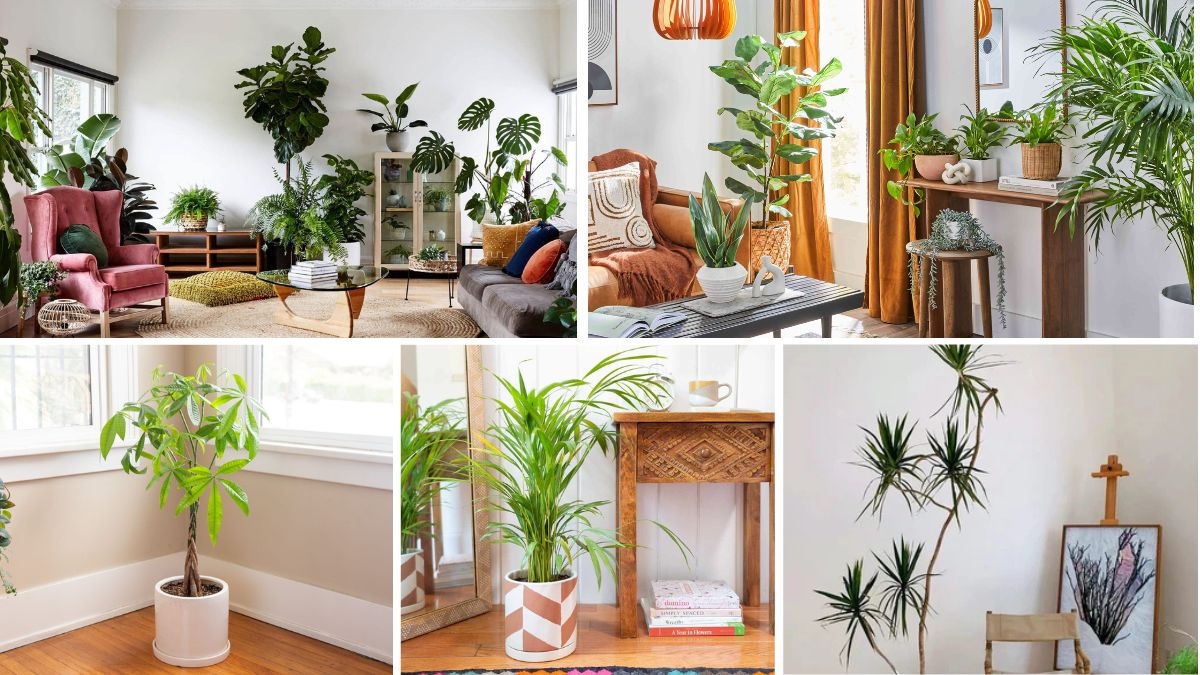


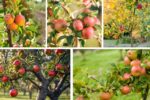
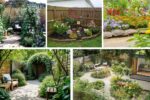

Leave A Comment